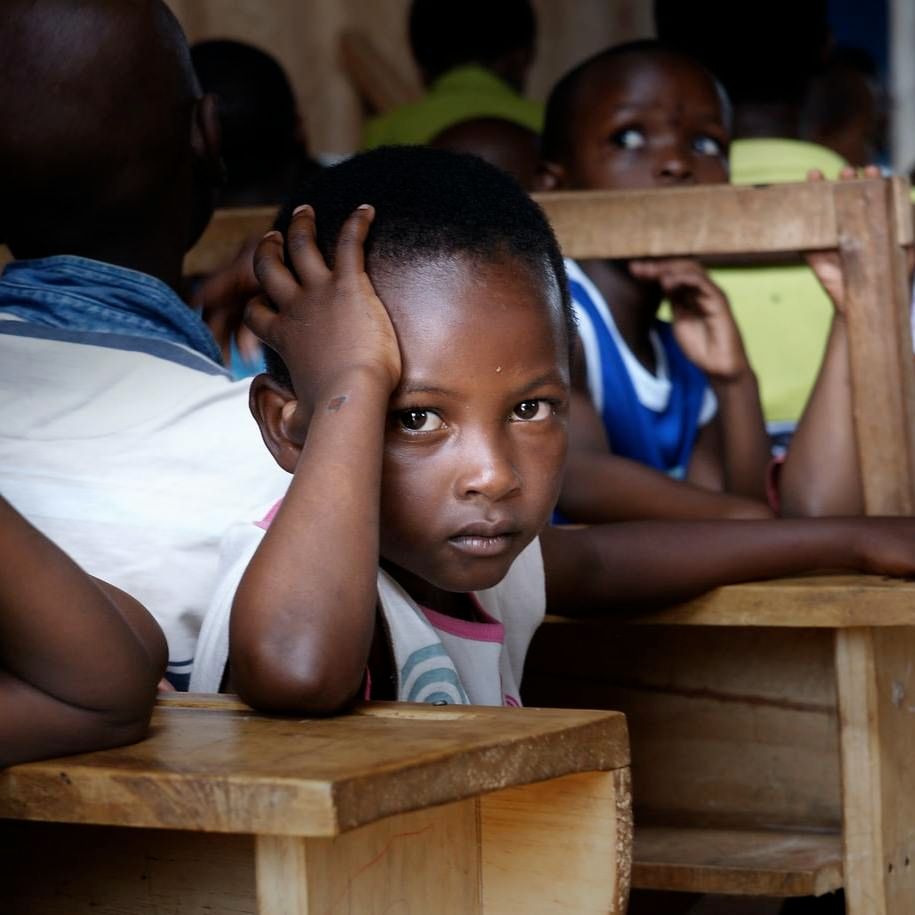Study Surveys Home Pain Management Among Sickle Cell Children
Patients with multiple hospital visits were more likely to utilize more than one (conventional and/or alternative) pain relief technique.

A study from Nigerian investigators captured home management of pain in patients with sickle cell disease (SCD). Overall, their analysis noted a high parental awareness and use of home pain relief techniques, with use of multiple strategies greater among patients with more frequent hospitalizations.
The descriptive, cross-sectional, hospital-based study enrolled a total of 80 patients from General Hospital, Bwari between June-September, 2019. Patients were checked into either the pediatric, outpatient, and/or emergency unit of the hospital.
The goal of the study was to elucidate caregiver practices outside the hospital, particularly in the management of acute and chronic pain.
“Exploring the various caregiver pain management techniques and their perceived efficacy in Nigerian children with SCD would not be amiss as this may help in targeted counseling for integrated pain alleviation or otherwise, thereby ensuring improved quality of life,” the investigators wrote.
The Study
To conduct their analysis, the investigators administered questionnaires to caregivers that focused on patient demographics and characteristics as well as clinical experiences with pain, such as frequency, hospitalizations, and management.
A caregiver was defined as one who held responsbility over the child for at least one year. The team excluded those were skilled health workers (doctors, nurses, etc.) and whose children required urgent referral.
The mean age of the evaluated population was 7.8 years; however, age of respondents ranged from 18-64 years. Additionally, 68 of the respondents were mothers.
The investigators also noted that 76 of the investigated children had genotypes SS, and 56 were diagnosed with sickle cell by 2 years of age. A total of 12 patients had greater than 12 admissions per year, while 19 had more pain episodes per month.
The Findings
As such, 39 respondents indicated knowledge of the techniques of complementary and alternative medicine, while 35 knew conventional medications as the only means to address pain. Furthermore, only 2 patients indicated knowing only complementary medicine for pain relief.
Nevertheless, 54 of the respondents reported using home pain relief over the past 6 months (complementary and/or conventional). Among these individuals, 33 used multiple pain relief techniques.
The findings showed that the most commonly known complementary relief techniques were massage (40.0%) and prayers (32.2%). In practice, massage was the most frequent alternative relief used (50.0%)
Even more, non-steroidal anti-inflammatory drugs were the most common (47.0%) medications used for these patients.
In terms of self-satisfaction, 33 of 54 respondents who practiced home management of pain considered their techniques to be effective. A higher proportion of patients who only used drugs (66.7%) had a positive perception of home pain management compared with those who used conventional therapies plus complementary methods (57.6%). This discrepancy, however, was not considered significant.
The investigators also reported that a significantly higher proportion of those who were hospitalized more than twice a year (27.3%) managed their pain episodes with multiple relief techniques—compared to hospitalized patients who used only drugs (4.8%).
“This study shows that a substantial number of parents/caregivers employed home pain relief for their children’s pain episodes, with majority using multiple pain techniques,” the team emphasized. “Most of the parents considered their current home pain management as effective, irrespective of whether single or multiple pain relief techniques were utilized”
However, the team acknowledged that a larger, multi-center study and as well as longer-term data are warranted in order to improve generalizability.
The study, “Sickle cell disease in Nigerian children: A cross-sectional study on parental awareness and home management of pain,” was published online in Annals of Clinical and Biomedical Research.